AI in Higher Ed: Using What We Already Know About Good Teaching Practices
Edsurge
OCTOBER 13, 2023
We look at examples of output from large language models (LLMs) and critique how well it did with the responses. We learned what we could from the books we had access to and memorized facts to regurgitate on tests. Telling a student to go to the library to access a physical copy of something is the outlier instead of the norm.


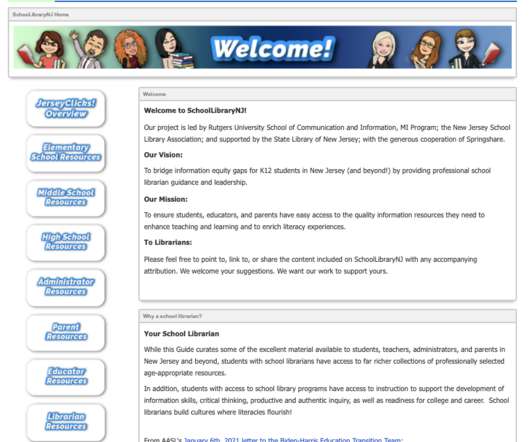
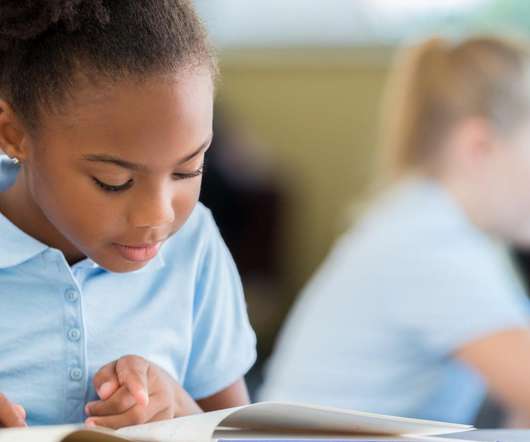




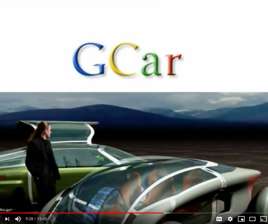



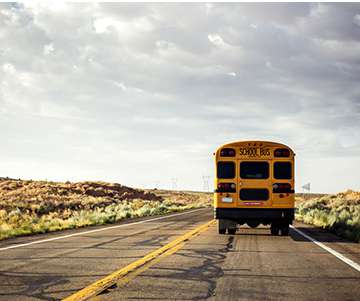
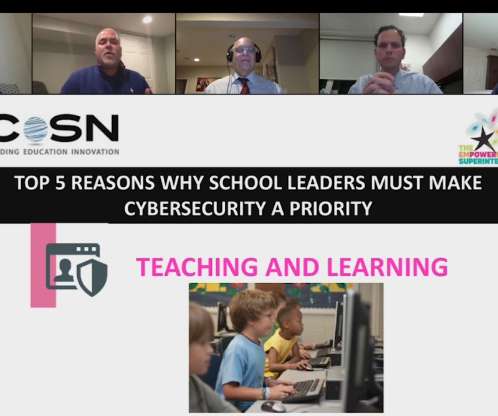





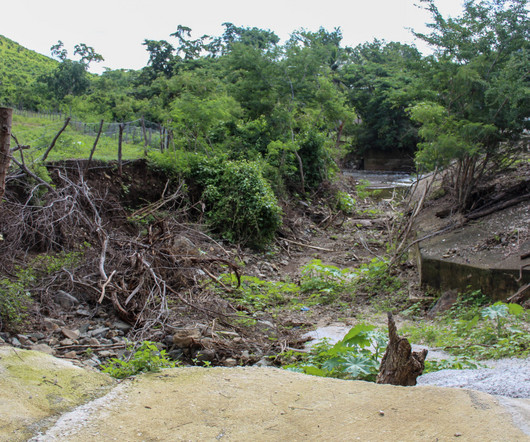












Let's personalize your content